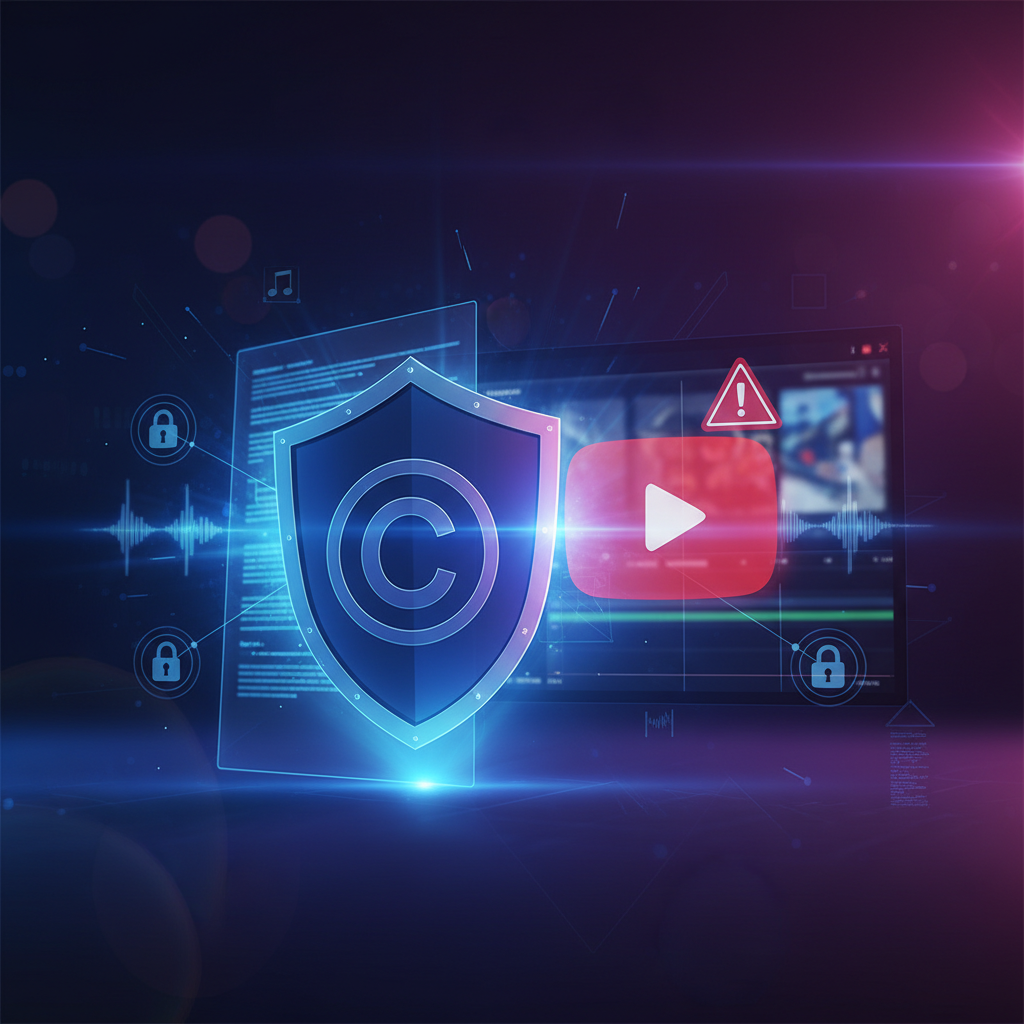Navigating YouTube's complex copyright system is crucial for any content creator. Understanding fair use, copyright strikes, and music licensing can mean the difference between a successful channel and one facing legal troubles.
📋 What You'll Learn in This Guide
- YouTube copyright basics and types of claims
- Fair use guidelines and how to apply them
- Music licensing options for creators
- How to avoid copyright strikes
- Dispute resolution and appeal process
- Best practices for staying compliant
What is Copyright on YouTube?
Copyright protects original creative works like music, videos, images, and written content. On YouTube, copyright issues primarily arise when creators use copyrighted material without permission.
Types of Copyright Claims:
- Copyright Strike: A formal complaint that can lead to channel termination
- Content ID Claim: Automatic detection and monetization redirection
- Manual Claim: Human review of potentially infringing content
Key Copyright Facts
- Three strikes can result in permanent channel termination
- Copyright holders can monetize your video instead of you
- Fair use is a defense, not automatic protection
- Music copyright is particularly strict
Understanding Fair Use
Fair use allows limited use of copyrighted material without permission under certain circumstances. However, it's not automatic and must be proven.
Four Factors of Fair Use:
- Purpose and Character: Educational, commentary, or transformative use
- Nature of Copyrighted Work: Factual vs. creative works
- Amount Used: Proportion of the original work
- Market Impact: Effect on the original work's value
Music Copyright Issues
Music copyright is one of the most common issues on YouTube. Using copyrighted music without permission can result in immediate claims or strikes.
Safe Music Options:
- YouTube Audio Library: Free music for creators
- Royalty-Free Music: Purchased licenses for commercial use
- Creative Commons: Licensed music with specific terms
- Original Music: Music you create yourself
How to Protect Your Channel
Best Practices:
- Use Original Content: Create your own material when possible
- Get Permissions: Obtain written permission for copyrighted material
- Understand Fair Use: Learn the legal requirements
- Use Licensed Music: Stick to royalty-free or licensed music
- Document Everything: Keep records of permissions and licenses
Dealing with Copyright Claims
If you receive a copyright claim or strike, don't panic. There are steps you can take to resolve the situation.
For Content ID Claims:
- Review the claim details
- Consider fair use arguments
- File a dispute if you believe it's fair use
- Be prepared for potential legal action
For Copyright Strikes:
- Remove the infringing content immediately
- File a counter-notification if you believe it's fair use
- Wait for the response period
- Consider legal counsel for serious cases
Conclusion
Understanding YouTube copyright is essential for protecting your channel and creating sustainable content. By following best practices, using licensed material, and understanding fair use, you can avoid most copyright issues and focus on creating great content.
Remember, when in doubt, it's always better to err on the side of caution and either create original content or obtain proper permissions for any copyrighted material you want to use.

